- Learning time
- 10 minutes
- First play time
- 40 minutes
Nine Tiles Panic
Designed by: Jean-Claude Pellin,Jens Merkl
Nine Tiles Panic is a simple game – in theory! – where each player is building a 3×3 grid of tiles in order to score points. How your tiles score points varies from game to game and round to round, but the sense of pressure as you play comes from the fact it is – kind of – a race. Tying for a particular category of point-scoring is decided in favour of the fastest-player – and there are often ties!
Everyone has a set of tiles in their own colour. They are two-sided, and you can use either side when building your grid. The grid must be 3×3; outside of that the only hard and fast rule is that roads must join up – a road cannot end abruptly upon hitting another tile. In every round three objective cards are revealed, showing what will score points in this round. It might be the layout of your roads, or how many trees you have, or how many hamburgers (yes) or policemen capturing aliens. It’s probably simpler to avoid the theme here, but a policeman has ‘captured’ an alien if he’s on the same road as it, and he’s facing in the direction of the alien. There are other ways to score too, but essentially the gist of play is to try and keep these things in mind whilst frantically ordering your tiles. When you’re finished, grab a marker to show what position you finished in (for the tie-breaking) and then scores are awarded. As soon as a set number of points are reached (which usually takes 3 or 4 rounds) the game is over, and most points wins.
The guru's verdict
-
Take That!
Take That!
No direct interaction at all, although the sense of panic can feel a bit Take-That-y.
-
Fidget Factor!
Fidget Factor!
Almost none.
-
Brain Burn!
Brain Burn!
A light set of rules, made brain-burny by the pressure of time-running-out.
-
Again Again!
Again Again!
It's surprising - or maybe not, if you're mathematically-minded - just how many variations you can get out of nine double-sided tiles. The objectives can change a lot too - there's quite a few of them.



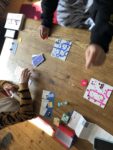
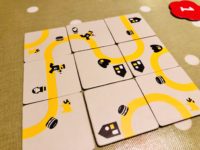


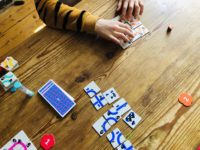


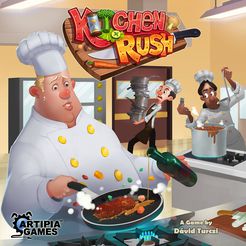
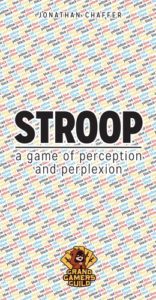
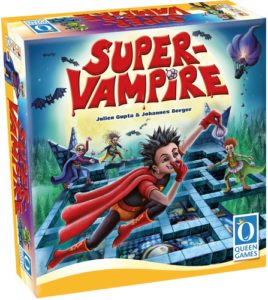
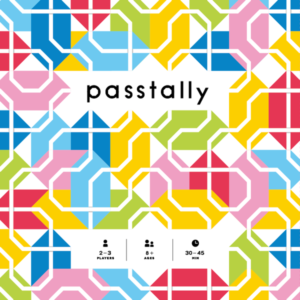
Sam says
An odd combination of a thinking-person's puzzle game and a family-style rush-for-the-exits. It's beautifully presented, but I'm not convinced it will become many people's go-to game because the puzzle itself - the figuring-out of your best bet on the tiles - is something that asks for time, and the fastest-player-first aspect yanks the time away from you. It's no mistake: clearly that dynamic is what the designers were aiming for, and as such it's a clever sort of conceit: take longer and you risk losing ties or running out of time. Go fast and you risk not even forcing ties because of your sloppy placement. But we just found the inherent sense of pressure somewhat diluted the actual fun. I'm not sure it's a great sign to come out of a game relieved that it's over, and more than one player confessed to that in our experience.